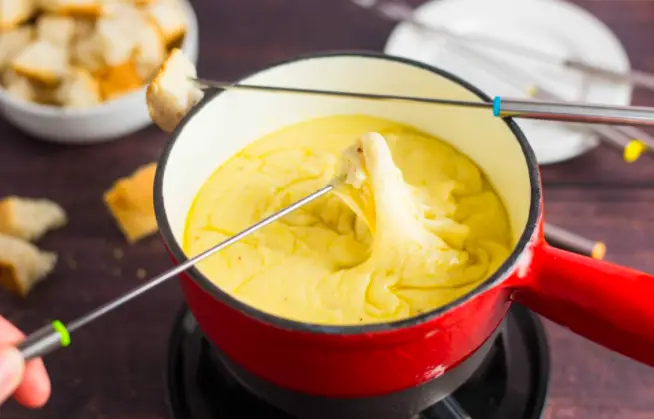What is the history of Swiss culinary traditions?
Post ByAdequate Travel
Summary
Swiss cuisine has developed over many centuries, drawing influences from countries around the world. From traditional Swiss dishes like fondue to dishes with international flavors, Swiss culinary history is a rich and diverse one. In this blog post, we will explore the fascinating history of Swiss cuisine and the culture that shapes its flavors.History of Swiss Culinary Traditions
Swiss cuisine has a rich history that is influenced by its neighboring countries and regional diversity. Let's explore the development of Swiss culinary traditions throughout history:
1. Ancient Origins
Swiss culinary traditions have roots dating back to prehistoric times when simple food preparation techniques were applied. Ancient Swiss cuisine relied heavily on basic ingredients such as grains, dairy products, and locally sourced fruits and vegetables.
2. Medieval Period
During the medieval period, Swiss cuisine was influenced by the culinary practices of neighboring countries like Italy, France, and Germany. This era saw the introduction of new ingredients and cooking techniques, including spices, herbs, and exotic fruits brought from faraway lands through trade.
3. Regional Diversity
Switzerland's regional diversity has played a significant role in shaping its culinary traditions. Each region has its own distinct food specialties, reflecting the availability of ingredients and cultural influences. For example:
- In the Alpine regions, hearty and comforting dishes like fondue (melted cheese) and raclette (melted cheese scraped onto potatoes) originated due to the abundance of milk and cheese production.- In the German-speaking regions, sausage-based dishes like bratwurst and cervelat are popular, influenced by German culinary traditions.- In the French-speaking regions, dishes like quiche, potato gratin, and chocolate mousse exemplify the French influence.4. Swiss Chocolate
Switzerland is renowned for its chocolate, which has become a significant part of Swiss culinary traditions. The Swiss mastery of chocolate-making can be traced back to the 17th century when cocoa beans were introduced to Switzerland. Swiss chocolatiers, such as Tobler and Lindt, have gained worldwide fame for their high-quality products.
5. Modern Influence
In recent years, Swiss culinary traditions have evolved to incorporate international influences and modern cooking techniques. Swiss chefs have experimented with fusion cuisine, combining traditional Swiss dishes with ingredients and flavors from around the world. This has led to a creative and innovative culinary scene.
In conclusion, Swiss culinary traditions have evolved over time, drawing influence from neighboring countries and regional diversity. From ancient origins to the present, Swiss cuisine has become known for its hearty Alpine dishes, diverse regional specialties, renowned chocolate, and the integration of international flavors.Suggested Questions
- Château de Grandson, Grandson: Horror Story, History & Paranomial Activities
- Château de Gruyères, Gruyères: Horror Story, History & Paranomial Activities
- Château de Sarnen, Sarnen: Horror Story, History & Paranomial Activities
- Château de Chavornay, Chavornay: Horror Story, History & Paranomial Activities
- Château de Chenaux, Chenaux: Horror Story, History & Paranomial Activities
- Château de Bavois, Bavois: Horror Story, History & Paranomial Activities











